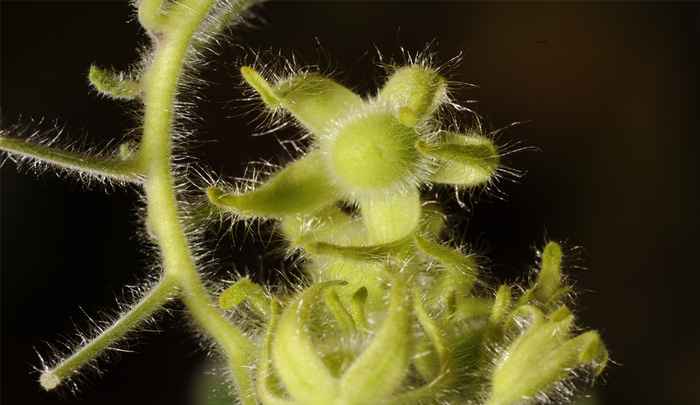Green Life Sciences
Green Life Sciences aims to understand the origins and regulation of diversity at three levels (genomes, molecular signals and responses) underlying the flexibility of plants and their major pests and pathogens to changing environments. The development of sustainable strategies for crop and biodiversity management requires an integrated and multidisciplinary approach, combining studies on pest and pathogen resistance, plant adaptation, natural selection, ecological genomics, stress physiology and plant development.
